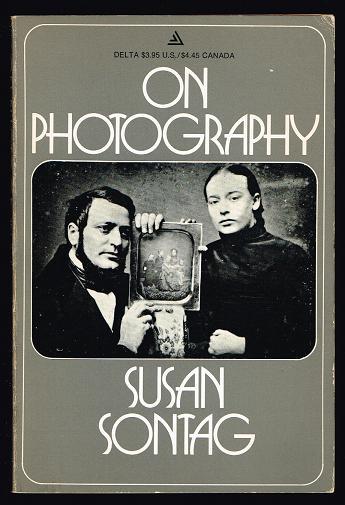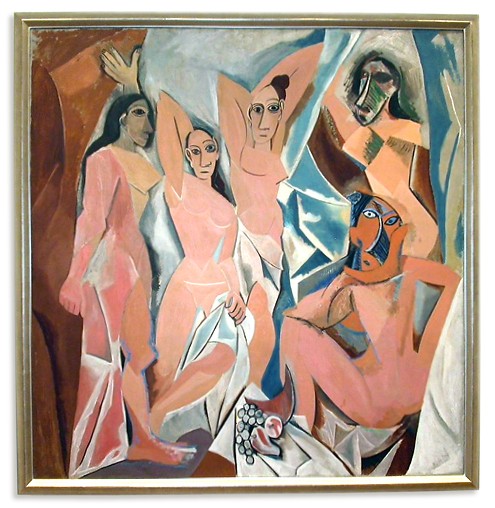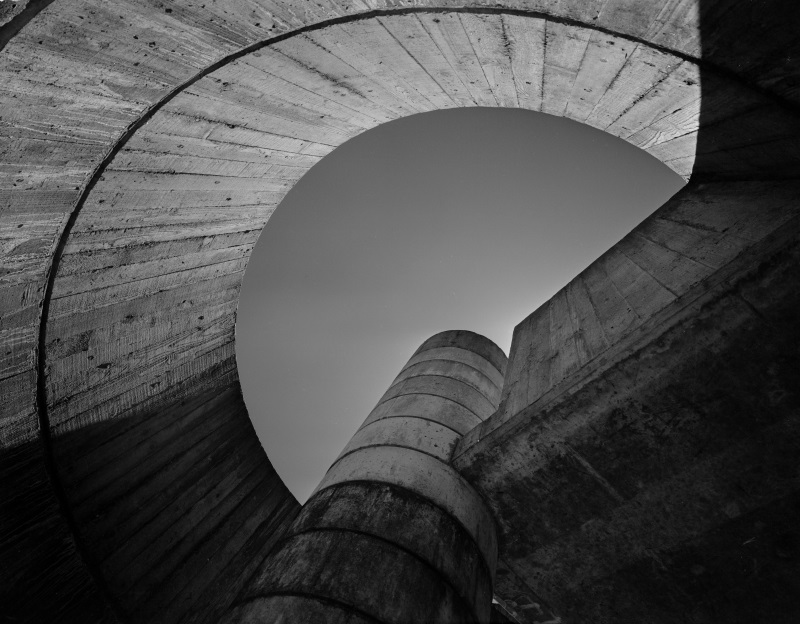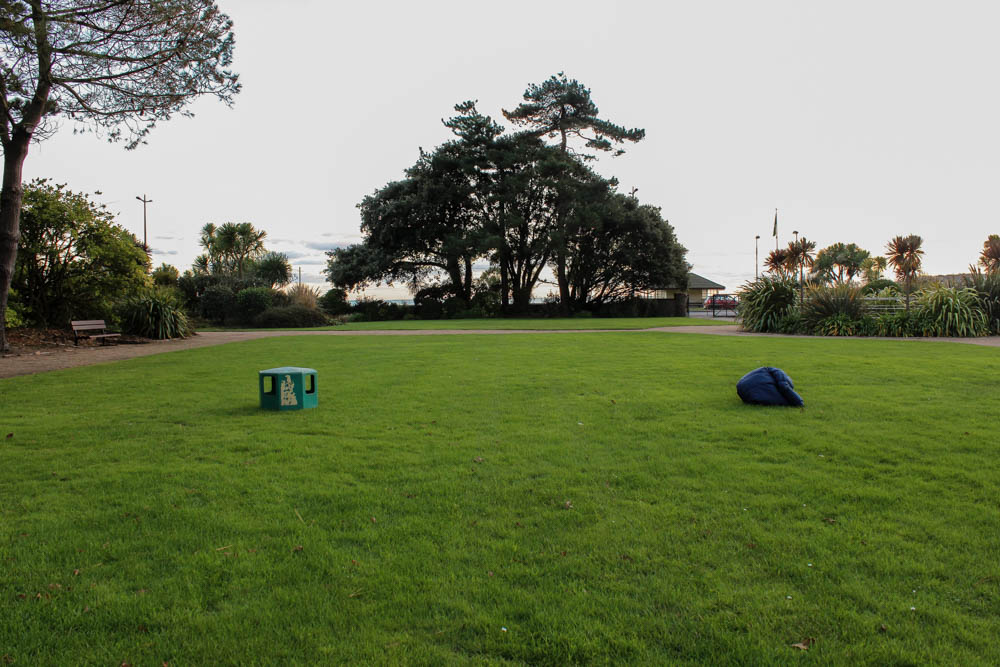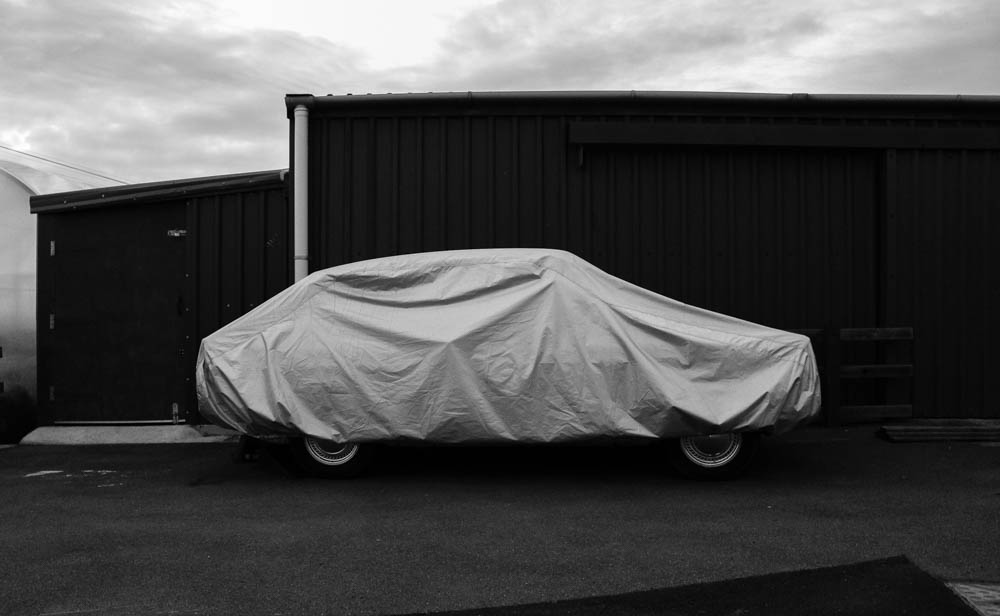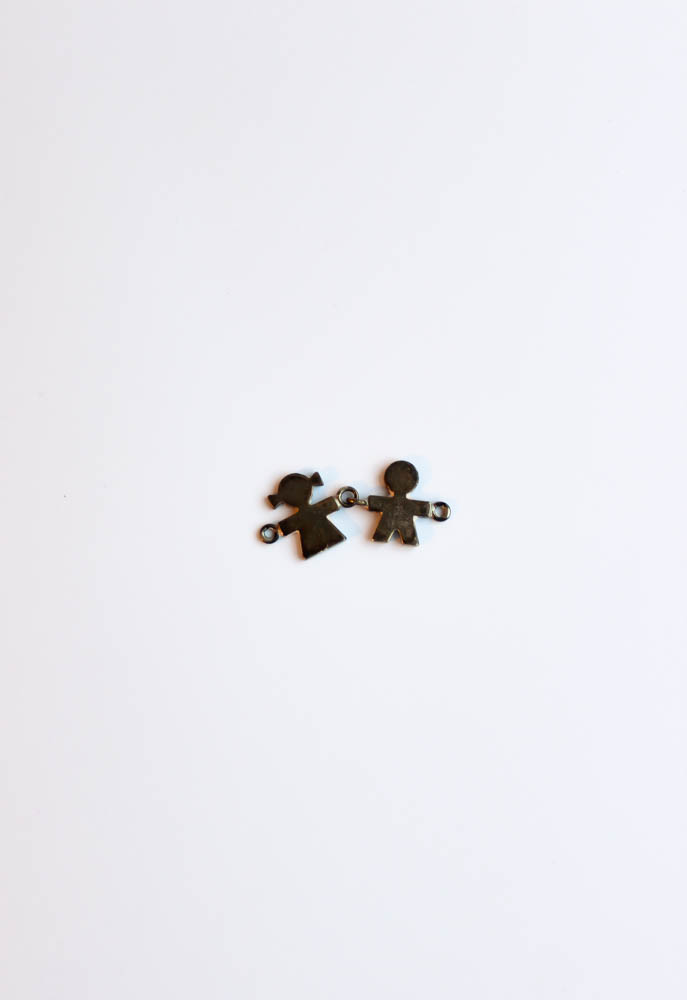Now looking at ethics in photography, another important issue to address when looking at imagery which had had a impact on how photography is produced in the current day, I will still be focusing ion the work of Steve McCurry and looking at how he his work over the years of his success has received both praise for its braveness in capturing something so alien from what we know in our society, as well as criticism for its untruthful representation of the other cultures he chooses to photograph. I have previously looked at his work in relation to the representation of other cultures in our world and how this may be an inaccurate representation due his outsider’s POV when immersing himself into the lifestyle and living of places like India and Afghanistan. Now I will look at ethics and whether his imagery is accepted by the public based on its perceptions of being right or wrong in relation to morales of how we should treat and respect other cultures – often, McCurry is criticised being offensive in his work because what he shows is glamorised and romanticised for the camera and the people of their culture would prefer to be shown in their true colours – how they live life everyday – which, for most of the people in deprived countries, is a lot worse of than us and this representation is often looked at as being inappropriate (cultural appropriation) because it goes against the view that everything should be true and we should not lie – sparking arguments about the ethical value of McCurry’s imagery.
As McCurry’s imagery was looked into further and more thoroughly, it was discovered that there were questions surrounding the methods of production of his photographs and that it went against the ethics and standards of photojournalism.
Photojournalism is defined as ‘the practice of communicating news by photographs, especially in magazines.’ Photojournalism relies on the sequencing of images to tell a story – a narrative and essentially a news story – the images should be strong enough to get a message across to an audience without the need for a caption or any text to accompany it. This is what McCurry has achieved, to immense extents in his career with several of his images being published in the National Geographic magazines and as well on the covers of a few magazines – this shows that his images are extremely powerful – powerful enough to portray a story to his audience. Photojournalism is intended to be very narrative driven bit also, there obviously has to be a underlying notion of truth and what is shown in the imagery produced by a photojournalist should be both truthful and relevant to current news stories as well as being ethically right in its content and methods. A photojournalist should not put anyone in an uncomfortable position in the process of taking their images nor should their methods be unethical.
Furthermore, ethics are defined as ‘moral principles that govern a person’s behaviour or the conducting of an activity.’ Therefore, looking at photojournalism and ethics combined, it would make sense that photojournalism, is all about being ethical and ‘right’ so that society is not harmed buy anything produced. If ethics are moral principals, then this should be evident in the imagery produced for journalism purposes where everything shown is truthful and not altered in order to show a picture or a story which is more ‘accepted’ or an image which shows things to be ‘correct’ which is what Steve McCurry has been accused of not doing in his work where people have begun to unpick his work and reveal the ugly which was not shown to us in the first place – McCurry has been heavily criticised for Photoshopping or ‘touching up’ certain elements of his images so that they look better and nicer to look at, whether this be through removing people or objects to make the images look less cluttered or romanticising a scene which is not glamorous in real life.
During Steve McCurry’s career as a photojournalist for National Geographic, India was his most visited country evident in his work and was a place which he said was very special yo him – he expressed his love for the country and it was the location which made up most of portfolio as a backdrop for captivating images capturing Indian culture and Indian people. On the blog post written by Kshitij Nagar on PetaPixel focussing the examination into is work, the writer states that India to some was regarded as his ‘Karma Bhoomi'(the land where one works)’. It is in the next paragraph that the either then goes on to talk about McCurry’s depiction of India which sparks the most controversy both internally and internationally due its ‘certain stereotypical, exotic, almost “Slumdog Millionaire-ish” version of India’. I have already discussed this when looking sat the comments made by Teju Cole of The New York Times in which he makes no efforts to hold back in his rant at McCurry and has no regard for his status in the photography due to the fact that he, in his eyes, as an Indian, disrespects their culture by showing it in the light McCurry does. This is re-iterated by Nagar.
(Words from PetaPixel’s publication on ‘The Botched Print’) ‘A travel photography giant, his vibrant images have inspired millions, but he’s recently come under fire over Photoshop use after a botched print at a show in Italy was found to have a serious issue.’ And this is quite right – McCurry is a documentary photography giant and he is expected, due to this big status and big name to follow the rules and to not offend people of the cultures he is photographing so heavily which also in the public eye so much now he is this world-renowned artist. Hover, he has been found out to potentially be a user of Photoshop to improve images beyond there rawness and actuality of life itself to a point where the story is distorted.
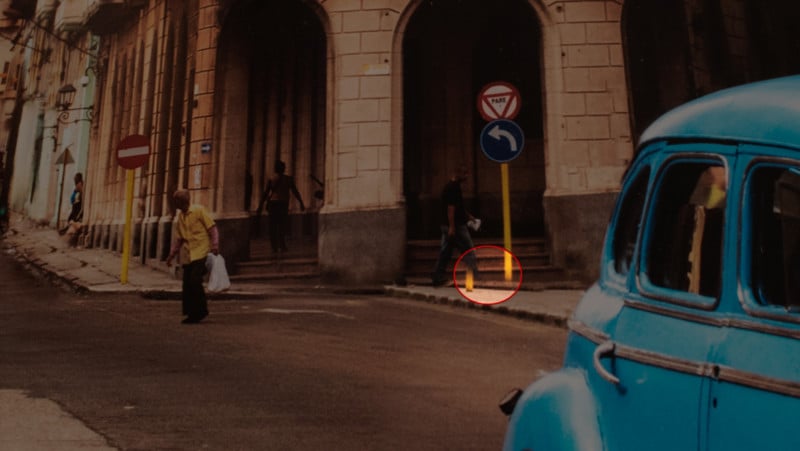
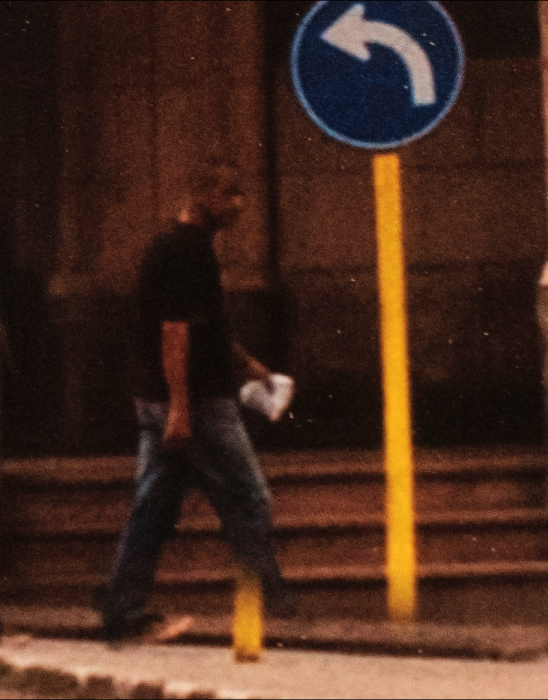
This image, has been, understandably removed from McCurry’s website now as he has been under fire for using Photoshop to alter his images but has made a ‘botch up’ of it to the point where it is very obvious due to the unrealism of it – the bottom of the road sign pole has been dislocated form the actual sign post and it is floating in mid air where it does not look real – this has caused much rage over audiences and it is now questioned ‘how far has McCurry’s imagery been altered?’ This, as well, has generated more controversy over other images of his which has also been commented on in the article.
The two images below are also digitally manipulated images of McCurry’s and were both found on his website. In the first image, you can see, in the background, a hazed and blurred second cart to the left as well as a pole sticking out from this bit in the image below, these two objects have been removed from the frame by McCurry and Sharma writes that he is ‘not at all surprised’ of this digital manipulation done by McCurry because all he wishes to do is to create the ‘perfect frame’ and eh would go any lengths to do this, but the result is an untruthful representation of the real life events which occurred at the time; in turn, abusing the notion of ethical methods.
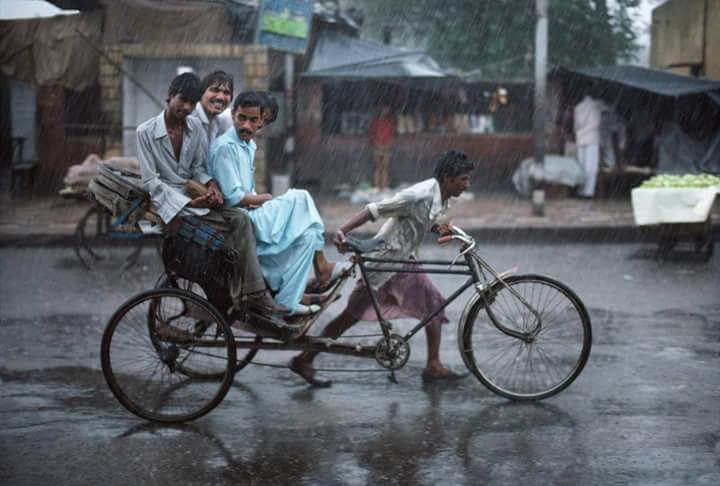
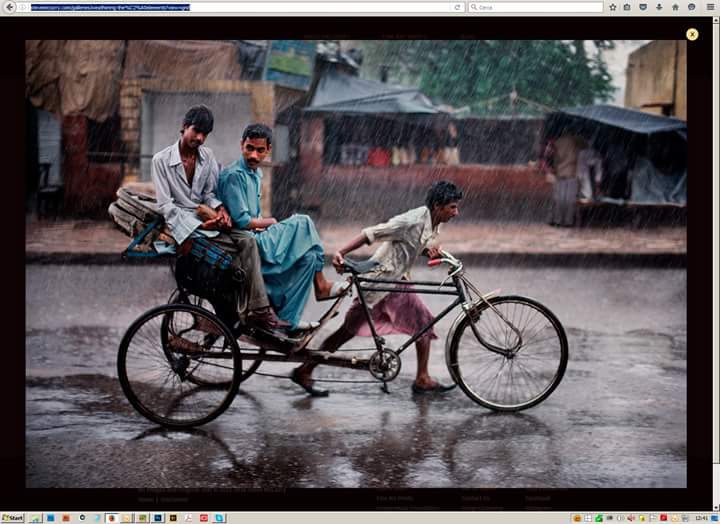
“I am not at all surprised at the digital manipulation (done by him) to create the perfect frame.
I have watched him rig (stage) his pictures. (He) Arranged the subjects (back then) because chromes (slide film) could not be that easily manipulated.”
Another image produced by McCurry has been revealed to be very staged and this seem to be a recurring theme of his imagery production methods and we can begin to lose our hope of such a renowned photographer which has much success with his work because of this critical examination int his work and the reveal of these unethical methods. Do all photographers carry out false methods of production to create this ‘perfect frame’ or are there artists who embrace the idea of a candid portrait? Sharma also says that McCurry’s imagery are ‘staged candid portraits’ – this oxymoron presents a juxtaposition that doesn’t work as a ‘candid portrait’ is a photograph taken of a moment in time – without the subjects aware of the cameras presence – it is natural but a ‘staged portrait’ is a method where the subjects are positioned purposely to show a mood. The image below has been staged and Sharma comments on this:
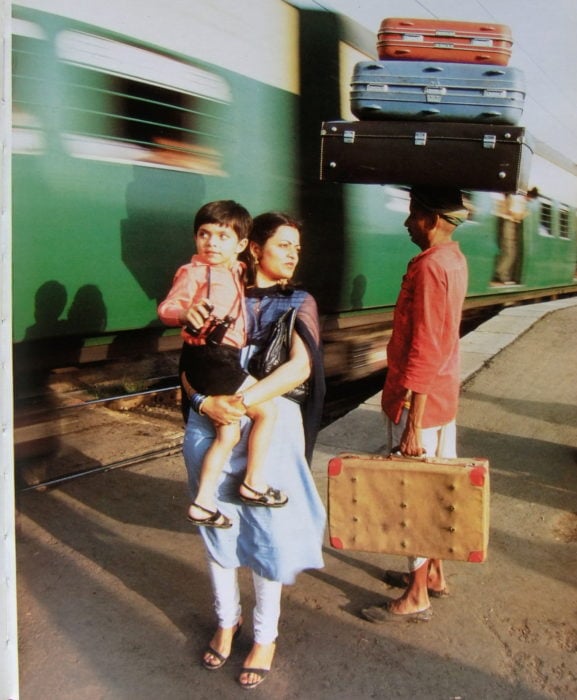
“This apparently off the cuff moment was arranged too. The lady is the wife of a photographer friend and the suitcases the coolie (porter) is carrying are empty. They had to be because the shot took time and lots of patient posing. McCurry’s pictures have been called STAGED CANDID MOMENTS by Avinash Pasricha, a photographer friend who knows how he works because he helped him with the pictures like the one above. The lady is his sister-in-law.”
When technology makes it so easy to manipulate images, how much manipulation is acceptable?
With the easy accessibility of software such as Adobe Photoshop and Lightroom, as well as Instagram an other image editing applications, and using software such as the examples listed above being sop vital for photographers in the current day, image manipulation is more or less inevitable in this ever-growing age where technology is taking over the human generation. Everyday, we rely on technology to get us through the day and everyday 52,000,000 images are uploaded to Instagram on average. This shows the pure depth of how image editing is so important to even non-photographers.
The use of Adobe Photoshop and Lightroom is a second nature to most photographers in the modern day of technology driven lives. Most photographers may feel like the editing of imagery is the way forward and it is essential in order for audiences to enjoy your work and this is why artists strive to create the ‘perfect frame’ through manipulation of the original image to take it beyond it’s raw form where audiences struggle to connect with it as the truth has been removed. I enjoy looking at contemporary and delicate imagery where the only editing done is subtle adjustments of contrast, exposure or brightness etc.
The extent to which manipulation is acceptable is very debate-able and different people would argue different things but I believe that if the message of the image becomes distorted or the truth becomes hazed due to the extent to which an artist has altered their image, the this is hard to accept as an image which can have an impact on our society – this is an image which is has no powerful meaning to impact the audiences thoughts. However, there is also the argument that heavy image manipulation is essential when creating a photo collage for example, and this is understandably. If an artist’s work is based in the fine art industry where surrealism is wanted to be achieved from each image, then I can understand how the may need to go to further extents to produce something for its purpose than want a more contemporary style artists who focuses on the more technical elements such as composition and framing may do.
Therefore, there is a whole issue surrounding the idea of manipulation of images which needs to be straightened out in order for audiences to understand an artists intentions but looking at McCurry’s imagery, his efforts to create the perfect frame goes to far, especially when looking at such a touchy subject such as poverty in deprived countries – almost taboo, this needs to be appearance every carefully but he holds no regard for the views of the subjects he photographs and this has come out in recent years to put him under scrutiny.
With viewers more sophisticated and skeptical than ever before, how can photojournalists and documentary photographers preserve their integrity and maintain trust?
Like I said before, due to this whole saga surrounding Steve McCurry’s work and his intentions from producing his work, with it also being revealed tat he is not as trustworthy and professional as originally thought, it is difficult for us viewers and consumers of these products to understand where the boundaries are – are all photojounrasists showing us flase information? Photojournalists are ‘supposed’ to be putting truthful and accurate information on the cover of our media for us to understand and absorb so we are not being fed false facts.
Although photographers, Steve McCurry being a great example, believe they can alter their images beyond the point of actuality without their audience realising because we weren’t present at the time, often, their unethical methods are revealed, much like what happened with Steve McCurry and not only does it not play well with us, but it also ruins his reputation that he has built up over several years – his status, being part of the huge firm, National Geographic – he has allowed us to put our trust in him to provide with direct information about the places he visits but this reputation and status becomes less and less over the years as more and more information about the way he manipulates is put in the public eye and the view he had maintained and the dignity he had obtained from his much loved work gradually decreases and his fans trust in him disappears.
Audiences of any media are much more opinionated in this current day and it can often come back to haunt the producers of the media especially if it has been hidden that they have been unethical in how it was produced or morally incorrect. In photography, methods of editing is often hidden and this can be very hurtful to audiences if they are loyal fans and suddenly realise the artist they follow has not shown them the full picture and it can be argued that hidden truths were kept secret for many years regarding the Weinstein scandal in the news still after a month with more and more women coming out about the sexual harassment put on them by Weinstein – this is an example of reputations and integrity vanishing in a second due to one mistake and audiences become very opinionated once news like this comes out and although less severe with photography, people still wish to voice their views and may lash out on the subject.
Photojournalists should make their intentions clear from the get go when releasing a series of works etc. so that their audiences know exactly what is occurring and how each image has been produced. If releasing two versions of an image, make this clear and make the alterations made clear also so there is no misunderstanding – communicate with your audiences.
Who sets the boundaries of what defines photojournalism or documentary ethics?
Like in photography in general, there are no boundaries as such – everything in photography is free – everybody is free with their creativity to produce what they want and I believe this is the same in photojournalism and any other aspect of photography as an art form but there is the notion of producing something within reason; like I said, nothing that offends, or pits anyone in unconformable situation and in photojournalism, it goes against the purpose of using imagery to show a visual story for news reasons by removing objects in the mage or heavily altering the way the image looks because it is about the meaning behind it – the message. Photojournalism does not adopt the same purposes as contemporary photography where it is about showing a photograph which shows aspects aesthetics through careful composition etc. Photojournalism is also this but its main function is to show a story and relate to texts which take power in the news at that current time – you want to focus on creating a meaning and this requires careful thought into the framing and content of the frame but I believe that editing should be very minimal to get the full effect of immersing yourself into the news story without worrying about the story being distorted in any way.
Therefore, I believe there are no boundaries as such because photography is a creative outlet which people engage themselves in to be free in their ways of showing something – a message but, linking back to the idea of ethics, standards and representation, these should all be considered when taking an image.










